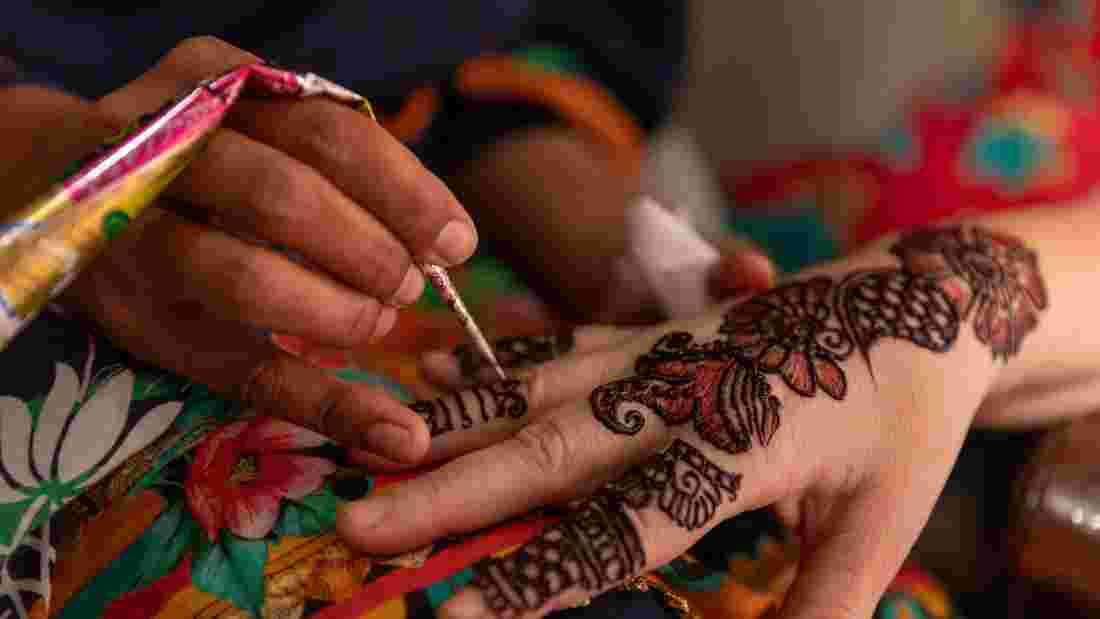Anthropology of the body is a fascinating field of study that explores the complex ways in which human bodies are shaped by cultural and environmental factors. This interdisciplinary approach to studying the human form recognizes that our physical bodies are not just biological entities, but also social and cultural constructs that reflect and reinforce broader social norms, values, and beliefs.
By examining how different societies have conceptualized, experienced, and interacted with the body throughout history, anthropology of the body sheds light on a wide range of issues related to identity formation, power dynamics, health and wellness practices, as well as questions about what it means to be human.
Through this lens, we can gain a deeper understanding of how culture shapes our perceptions of ourselves and others while also challenging us to question our own assumptions about bodily norms and practices.
The Historical Context of Anthropology of the Body
The study of the body has a long and complex history within anthropology, with various scholars and schools of thought contributing to our understanding of how culture and environment shape human physicality.
One of the earliest anthropologists to examine the body was Franz Boas, who emphasized the importance of studying physical differences between populations in order to challenge racial stereotypes and promote cultural relativism.
Later scholars like Marcel Mauss and Pierre Bourdieu shifted focus towards bodily practices and rituals as sites for understanding social power dynamics.
The rise of feminist anthropology in the 1970s brought attention to gendered experiences of embodiment, while disability studies scholars like Rosemarie Garland-Thomson have explored how attitudes towards disability reflect broader societal values.
More recent work by medical anthropologists has examined health practices across cultures, including alternative healing methods and approaches to aging.
Throughout this history, anthropologists have recognized that the body is not just a biological entity but also a site for cultural expression, social control, and individual identity formation.
By examining these complex relationships between culture and physicality over time, anthropology offers us new insights into what it means to be human in all its diverse forms.
The Role of Embodiment in Personal Identity Formation
Anthropology of the body recognises that the human body is a central part of our personal identity. It is the vessel that houses our thoughts and emotions, and it is through our bodies that we interact with the world around us.
Our physical appearance is often the first thing that people notice about us, and it can have a big impact on the way we are perceived by others. The way we dress, groom and decorate our bodies can all be used to express our unique sense of self.
Our bodies can also tell us a lot about our own personal history. The scars we bear, the tattoos we have, and the piercings we sport can all be symbols of our life experiences. They can be reminders of the people we know and places we have been, and the things we have seen and done.
The way we care for our bodies can also be an important part of our identity. For example, some people choose to live a vegan lifestyle in order to protect animal rights, while others may exercise regularly to maintain a certain level of physical fitness.
Our bodies are an essential part of who we are, and how we choose to express ourselves to the world.
Cultural Variation in Bodily Practices
Across cultures, bodily practices related to modification have taken on a variety of forms, from tattooing and piercing to scarification, body painting, and cosmetic surgery. These practices often have significant cultural meaning and can reflect broader social norms, values, and beliefs.
In many Indigenous cultures around the world, for example, tattooing has been used as a way to mark important life events or signify membership in a particular group. In some African societies, scarification is used to mark one’s lineage or affiliations with certain clans or tribes. Similarly, body painting has long been used in Indigenous cultures across the Americas as a form of artistic expression and cultural identity.
Piercing is another common bodily practice that varies widely across cultures. In some societies in South Asia and Africa, for instance, nose piercing is considered an important rite of passage for women. In Western cultures, piercing has become more mainstream and is often seen as a form of self-expression or fashion statement.
Cosmetic surgery is perhaps one of the most controversial forms of bodily modification today. While it may be viewed as a personal choice in some Western societies where it is popularized by media culture, in other parts of the world such as Korea cosmetic surgery may be seen as necessary for achieving success in work or love life.
Overall, these diverse bodily practices highlight how culture shapes our perceptions of beauty, identity and individuality. They also illustrate how different societies have developed unique ways of using the body to express themselves culturally while reinforcing social norms within their communities.
When studying a society, anthropologists take into consideration:
- The use of tattoos and piercings as markers of identity. Examples include tribal markings, gang tattoos, and self-inflicted piercings.
- The use of the human body as a canvas for art. This can be seen in body painting, tattooing, and scarification.
- The meaning of hair styles. For instance, in some societies shaved heads are associated with mourning or religious rites of passage.
- The use of cosmetics and other forms of body decoration, both as an indicator of gender identity and also as a political statement, as is the case of women who wear the hijab as an act of resistance and solidarity.
- How the human body is represented in art and popular culture.
- The use of dance and other forms of bodily expression to communicate emotions and experiences, as well as to create and maintain social bonds.
- The ways in which the human body is used as a metaphor in language and culture, for example the use of “heart” to refer to emotions, or “head” to refer to intellect.
Gender and the Body
Anthropology of the body also includes the study of gender norms, which play a significant role in shaping our perceptions and expectations about physical appearance in different societies around the world. Across cultures, there are often distinct ideals of what constitutes an attractive or desirable body for men and women, which can have far-reaching implications for how individuals are perceived and treated.
In many Western societies, for example, there is a strong emphasis on thinness as a marker of feminine beauty. This ideal is reflected in media images and popular culture, which often promote unrealistic standards of beauty that can lead to negative body image and disordered eating among young women.
In contrast, in some African societies such as Mauritania and Sudan, larger bodies are traditionally viewed as more desirable for women. In these cultures, being overweight is seen as a sign of wealth and prosperity, while thinness may be associated with poverty or illness.
Disability and Stigma
Attitudes towards disability vary widely across cultures, with some societies showing greater acceptance, while others exhibit more stigmatization or limited accommodation measures for people with disabilities. These differences reflect broader social norms and cultural beliefs about the nature of disability and its place in society.
In some cultures such as Japan, for instance, there is a strong emphasis on collective responsibility towards individuals with disabilities. The government has implemented policies that aim to provide equal opportunities and access to public spaces for people with disabilities. This is reflected in the design of public infrastructure which includes provisions like wheelchair ramps and tactile paving; as well as employment quotas that require businesses to hire a certain percentage of employees with disabilities.
In contrast, other societies such as India may show less acceptance towards people with disabilities due to deeply ingrained beliefs about karma and reincarnation. In these cultures, disability may be viewed as a punishment for past sins or bad deeds committed in previous lives.
Similarly, in many African societies stigma against people with disabilities is rooted in religious beliefs where they are often considered cursed or bewitched. As a result, disabled individuals may face discrimination in areas such as education and employment opportunities.
These examples illustrate how attitudes towards disability can vary widely across cultures reflecting societal values and beliefs. It also highlights the importance of addressing negative attitudes through awareness campaigns and policy changes aimed at promoting inclusion and accessibility for all members of society.
The Human Body in Religion and Ritual
The use of the body in religious and ritualistic ceremonies is a fascinating area of study in the Anthropology of the Body. Across cultures, there are many different ways that people use their bodies to express their beliefs and connect with spiritual or supernatural forces.
One example of this can be seen in coming-of-age rituals, which are common in many cultures around the world. In some African societies, for instance, scarification is used as part of these rituals to mark an individual’s transition from childhood to adulthood. The scars may represent important cultural symbols or serve as a way to beautify the body according to local standards.
Similarly, body painting has been used by many Indigenous cultures throughout history as part of spiritual and ceremonial practices. For example, among the Aboriginal people of Australia, body painting plays an important role in connecting individuals with ancestral spirits and expressing deep cultural knowledge.
In other cultures, certain body parts may be used in religious ceremonies as a way to show respect for the gods or ancestors. In Hinduism, for instance, offerings of hair are commonly made at temples as a symbol of devotion and sacrifice.
These examples demonstrate how different cultures use the body in diverse ways to connect with spiritual beliefs and practices. They also highlight how these practices can reflect broader cultural values and traditions related to identity, community and social roles.
Conclusion – Anthropology of the Body
The body is a site of constant negotiation and the ways in which people interact with their bodies can be seen as cultural performances. The way we present our bodies to the world is shaped by complex social, political, and economic factors.
Anthropology of the body is a fascinating and complex topic that has much to offer researchers and scholars. By exploring how different cultures view the human body, we can learn more about ourselves as individuals and as members of society. In addition, by understanding how the body is used in ritual and ceremony, we can gain insight into the beliefs and values of different cultures.
Related terms:
Medical anthropology – a branch of anthropology that studies the ways in which culture and biology interact to shape human health and well-being.
Rites of passage – ceremonial events that mark important transitions in an individual’s life, such as birth, puberty, marriage,
Tattoo – a permanent mark or design made on the skin with ink, dyes, or other pigments.
Piercing – a hole made in the body for the purpose of wearing jewellery or other ornamental items.
Ritual – a set of prescribed actions that are performed for a specific purpose, often with religious or spiritual significance.
Scarification – a form of body modification in which the skin is cut or burned to create patterns or designs.
Hijab – a headscarf worn by Muslim women as an act of modesty.
Metaphor – a figure of speech in which one thing is described in terms of another, often for the purpose of making a comparison.
Anthropology Glossary Terms starting with B
Disclosure: Please note that some of the links in this post are affiliate links. When you use one of my affiliate links, the company compensates me. At no additional cost to you, I’ll earn a commission, which helps me run this blog and keep my in-depth content free of charge for all my readers.


